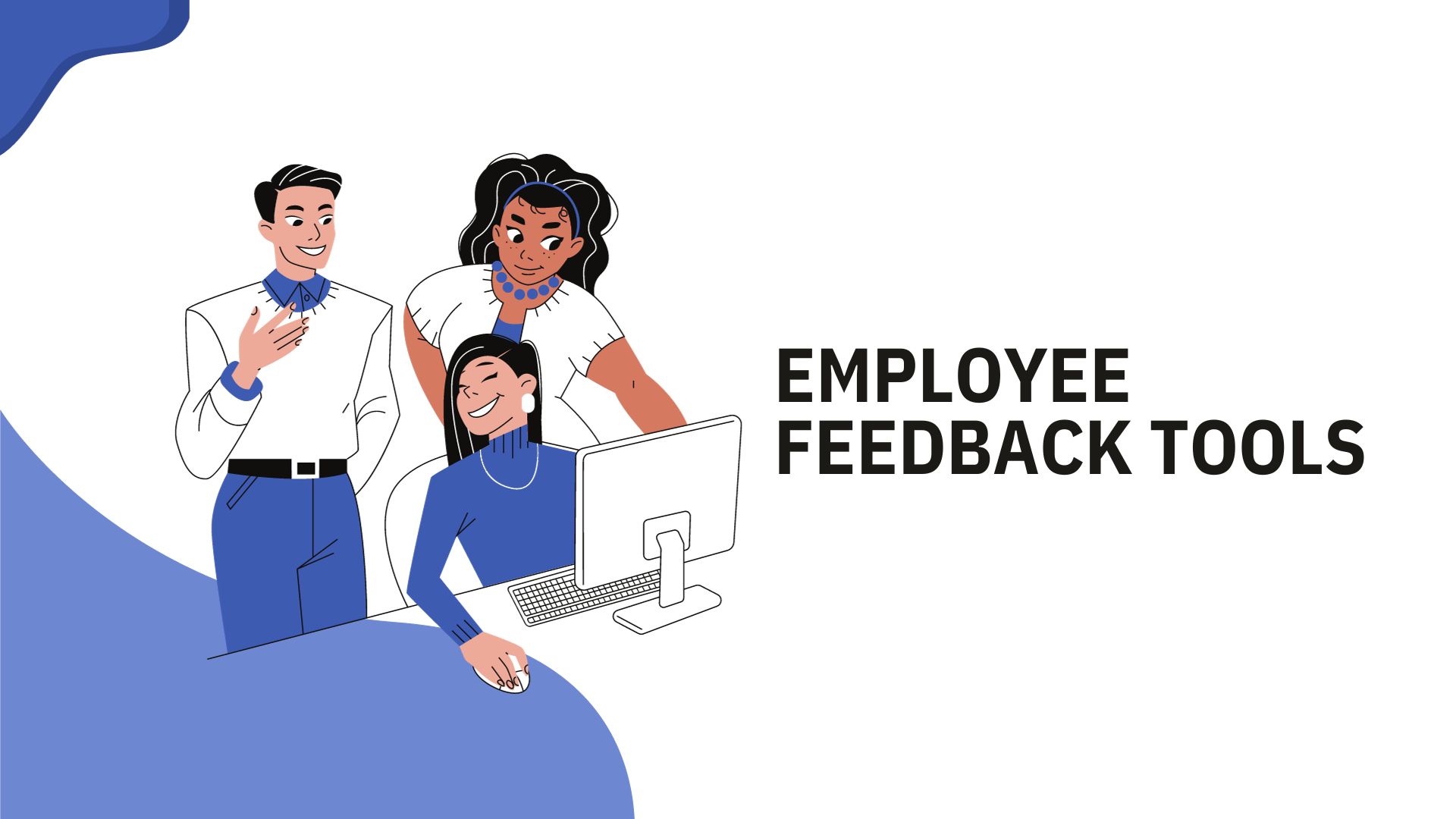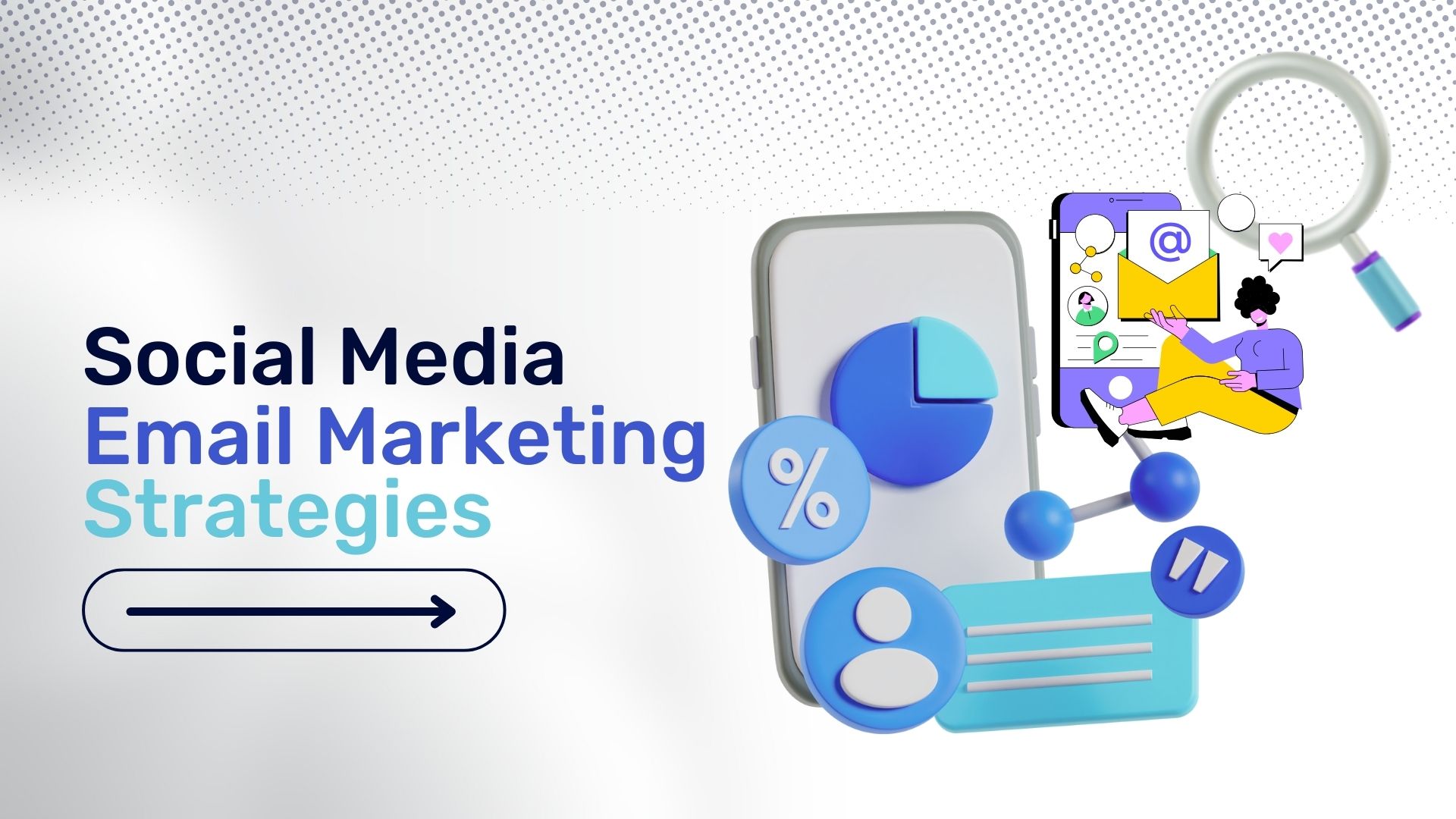Application Data Management’s Role in Post-Modern ERP
By Rex Ahlstrom, BackOffice Associates
For many years, enterprises were limited to employing just one ERP system. But technology advances now allow enterprises to shift to post-modern ERP deployments, using best-in-class solutions within a hybrid apps architecture. This evolution provides a new level of flexibility and business value in enterprise ERP deployments.
The idea behind post-modern ERP is to link administrative and operational ERP capabilities across a best-of-breed application landscape rather than implement a single, monolithic ERP paradigm that is aging and often lacks many of the benefits offered by more nimble, cloud-based point solutions such as Salesforce, Workday and Ariba. Businesses know that they can't take advantage of many of the differentiating components of these products if they utilize only one system.
In the past, it was difficult to maintain a hybrid architecture due to limitations in integration and master data management (MDM) applications. Inclusion of Big Data sources and data lakes further complicate hybrid implementation strategies.
Fortunately, the ability to connect financial, HR, supply chain, CRM and other systems is far superior and more flexible today than ever before. This innovation allows businesses to source from best-in-class vendors based on customer-specific business requirements. Service-centric industries will center-weight application selection based on finance, HCM and service management, for example, whereas product-centric industries will also need manufacturing, supply chain and PLM systems.
Data Governance in Hybrid ERP Landscape
In this new hybrid ERP landscape, it is crucial to tackle two primary goals of information governance:
- establishing a data governance policy
- enforcing the data governance policy
Applications are emerging for capturing governance policy, and data stewardship applications have been on the market since 2011 for policy enforcement. However, what is needed is a vertically integrated application stack that can handle both policy and enforcement.
Application Data Management
Gartner has referred to this new breed of applications concept as application data management (ADM). Rather than focusing purely on MDM, ADM helps business and IT users collaborate holistically to manage new vendor entries, material updates or customer data across multiple systems, including master data, transactional data and Big Data. Businesses are looking to implement higher-level, data-driven applications that span these systems and built-in business processes.
It is important to note that traditional MDM (or MDM 1.0) is not built to support the new reality of this dynamic environment. As such, ADM is a natural complement to MDM for delivering these data-driven applications.
As a result, businesses need to redesign their policies to address how data should be shared across systems, taking into account security considerations and laws and regulations on data leaving specific geographic boundaries, as well as how they will govern execution and enforcement of those policies.
Data from one system will be referred to and treated differently when it enters another system. And logically, there are regulatory requirements in certain industries because of the hybrid nature of the data used. For example, in the life sciences sector, if someone has a medical procedure such as a hip replacement, new laws require that data is collected regarding not only the hip components that will be surgically implanted but also the medical tools used in the procedure and patient outcome data, among other extensive information.
This data was likely collected and stored across multiple systems, with much of it stored as unstructured data. Enterprises must establish new governance processes around how and when one gains access to this data, who governs it and how it gets assembled for regulatory reporting requirements.
As another example, in the financial sector, when a company supplies reports to the government, it is exceedingly difficult to trace back where all of the data was generated and how it was modified leading up to these final reports. In this industry, business users need the capability to perform basic word search to determine data lineage and impact analysis. This involves defining business terms, policy requirements, metadata and system data, and establishing quality standards and governance for the entire process.
The post-modern movement of ERP to hybrid IT environments represents the next level of enterprise ERP for many leading enterprises. The key is to implement technologies such as ADM that enable seamless interoperability along with a solid data governance structure for the future.
Rex Ahlstrom is chief strategy officer at BackOffice Associates, a worldwide leader in information governance and data migration solutions, focusing on helping customers manage one of their most critical assets – data.

Sean Michael is a writer who focuses on innovation and how science and technology intersect with industry, technology Wordpress, VMware Salesforce, And Application tech. TechCrunch Europas shortlisted her for the best tech journalist award. She enjoys finding stories that open people's eyes. She graduated from the University of California.


